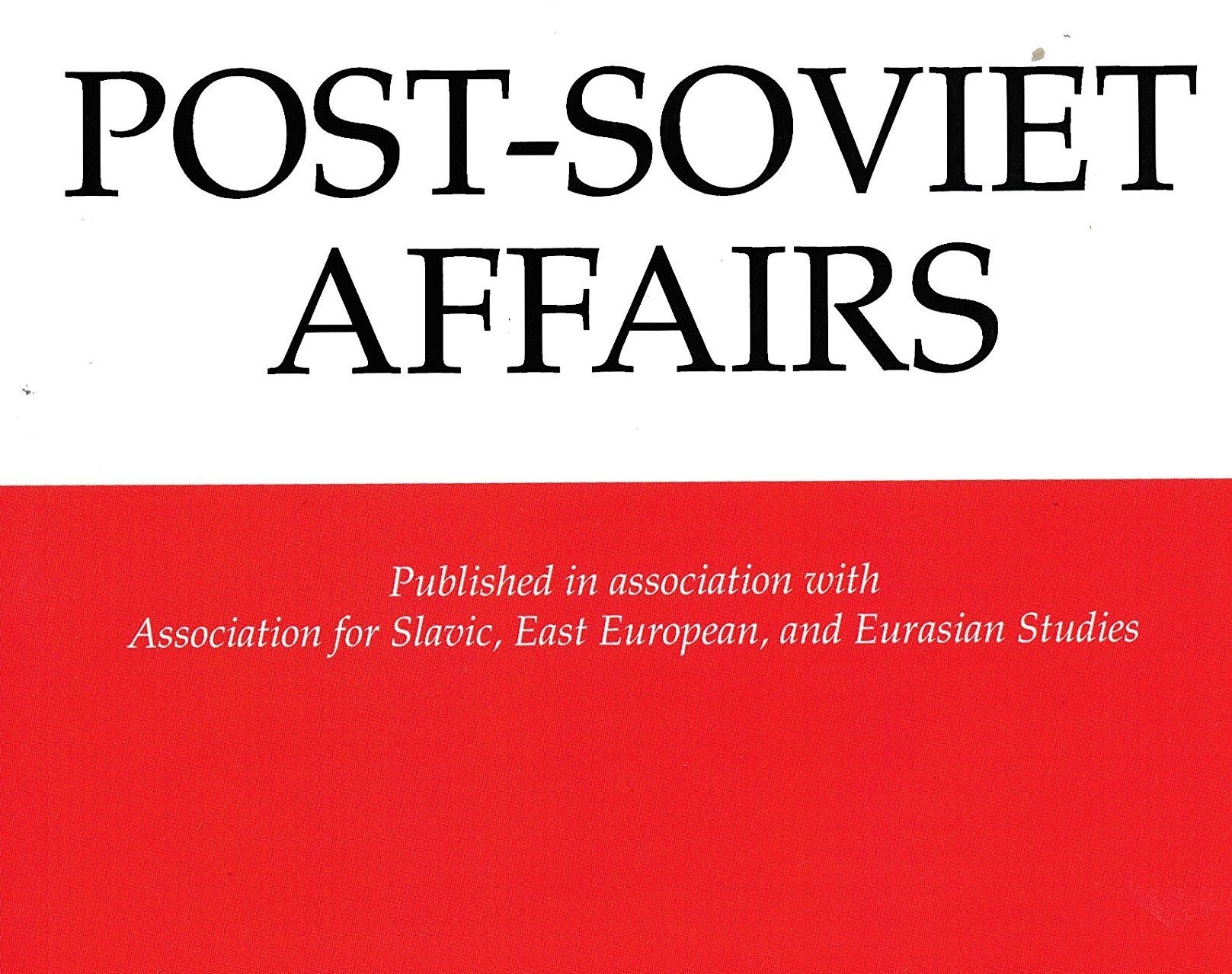(Post-Soviet Affairs | By David Armstrong, Ora John Reuter, and Graeme Robertson) Abstract: It is widely recognized that unified oppositions present a bigger threat to dictators than divided oppositions. In this paper, we use micro-level data on opposition protests in Putin-era Russia to examine the factors that facilitate co-operation among different opposition forces. In particular, we focus on what leads so-called systemic opposition parties – those who have been granted some institutional accommodation by the regime – to join forces with non-systemic opposition forces. We propose a novel permutation-based method for analyzing protest coordination using event count data and find that coordination is most likely on issues of fundamental importance to the systemic opposition’s base supporters. We also find that state co-optation reduces the extent of coordination. These findings illustrate the politically precarious position of “loyal” oppositions under autocracy; they must simultaneously show fealty to the state and maintain some measure of credibility as an opposition party that cares about its supporters’ demands.
Read More © Post-Soviet Affairs











